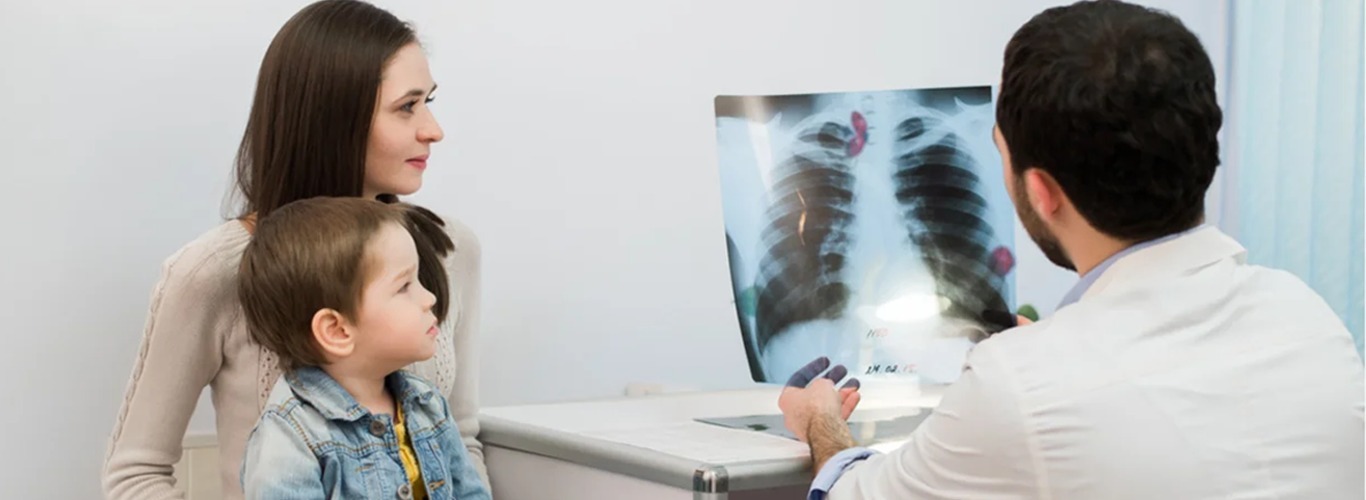Paediatric X-Rays: Ensuring Safety and Accuracy in Imaging for Children
Posted on 29/04/2024

In the realm of medical radiology, the use of X-ray imaging is a powerful diagnostic tool that allows healthcare professionals to peer inside the human body and identify potential health issues. While X-rays are invaluable in providing crucial information for diagnostic accuracy and treatment, it becomes particularly important to address the unique considerations and challenges associated with paediatric X-rays. Ensuring the safety and accuracy of imaging for children requires a specialized approach that prioritizes their well-being and minimizes potential risks.
The Importance of Paediatric Radiology:
Children's bodies are still developing, and their organs and tissues are more sensitive to radiation than those of adults. As such, it is crucial to tailor radiological procedures to minimize radiation exposure while maintaining diagnostic accuracy. Paediatric radiology specialists play a pivotal role in achieving this delicate balance, ensuring that children receive the care they need without compromising their long-term health.
Minimizing Radiation Exposure:
One of the primary concerns in paediatric X-rays is the potential long-term effects of radiation exposure on a child's developing body. Radiologists employ a variety of techniques to minimize radiation dose, such as adjusting the X-ray machine settings based on the child's size, using lead aprons and shields to protect unaffected areas, and employing the principle of "As Low As Reasonably Achievable" (ALARA). These measures are essential in mitigating risks and safeguarding the child's well-being.
Imaging Modalities Tailored for Children:
In paediatric radiology, choosing the appropriate imaging modality is key. While X-rays are commonly used, alternative modalities such as ultrasound and magnetic resonance imaging (MRI) may be preferred in certain situations. These modalities do not involve ionizing radiation, reducing the potential risks associated with X-rays. The decision on the imaging technique depends on the specific medical condition, the information required, and the child's age and size.
Child-Friendly Environment:
Creating a child-friendly environment is essential for successful paediatric imaging. Radiology departments are increasingly adopting child-centric designs, incorporating colorful and inviting decor, as well as distraction techniques such as video screens and toys. A relaxed and comfortable atmosphere helps minimize anxiety, ensuring a smoother imaging experience for both the child and their parents.
Collaboration with Parents and Caregivers:
In paediatric radiology, collaboration with parents and caregivers is paramount. Informed consent is a crucial aspect of any medical procedure involving children. Radiologists work closely with parents, explaining the necessity of the procedure, potential risks, and the steps taken to ensure the child's safety. Open communication fosters trust and ensures that parents are active participants in the decision-making process.
Ongoing Education and Research:
The field of paediatric radiology is dynamic, with technological advancements and imaging techniques. Radiologists specializing in paediatrics continually update their knowledge and skills to stay abreast of the latest developments. Research plays a crucial role in refining best practices, ensuring that paediatric X-ray procedures evolve to meet the highest standards of safety and accuracy in imaging.
Conclusion:
Paediatric X-rays are an invaluable tool in diagnosing and treating medical conditions in children. Balancing the need for diagnostic accuracy with the imperative to minimize radiation exposure requires a specialized and holistic approach. Through ongoing education, collaboration with parents, and advancements in imaging technology, the field of paediatric radiology continues to strive towards providing the safest and most effective care for our youngest patients. By prioritizing their well-being, we pave the way for a healthier future generation.

